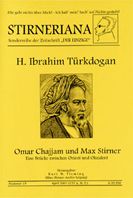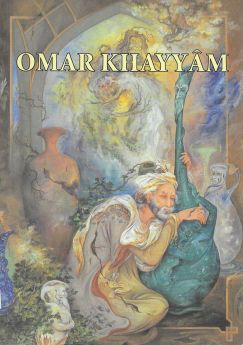L’ivresse de vivre qui habite O. Khayyam jusque dans la certitude de sa finitude est le reflet oriental du sourire tranquille d’Horace, avide de « cueillir le jour » dans sa richesse comme dans sa tristesse. Tous deux voient dans la jaillissement même de la vie la manifestation du divin et les paroles qu’A. Maalouf prêtre à O. Khayyam dans Samarcande auraient pu être celles d’Horace : « je contemple une rosé, je compte les étoiles, je m’émerveille devant la beauté de la création, de la perfection de son agencement, de l’homme, la plus belle œuvre du Créateur, de son cerveau assoiffé de connaissance, de son cœur assoiffé d’amour, de ses sens, tous ses sens, éveillés ou comblés » (p. 22). Des siècles plus tard, le jeune poète Ali Abdolrezaï, qui vit dans la Perse moderne, l’Iran tourmenté par l’intégrisme, dit : « c’est la vie qui écrit mes poèmes ». C’est la même vie, impérieuse, séduisante et éphémère, qui irrigue les Odes d’Horace et qui chante dans les Rubayat d’Omar Khayyam.


